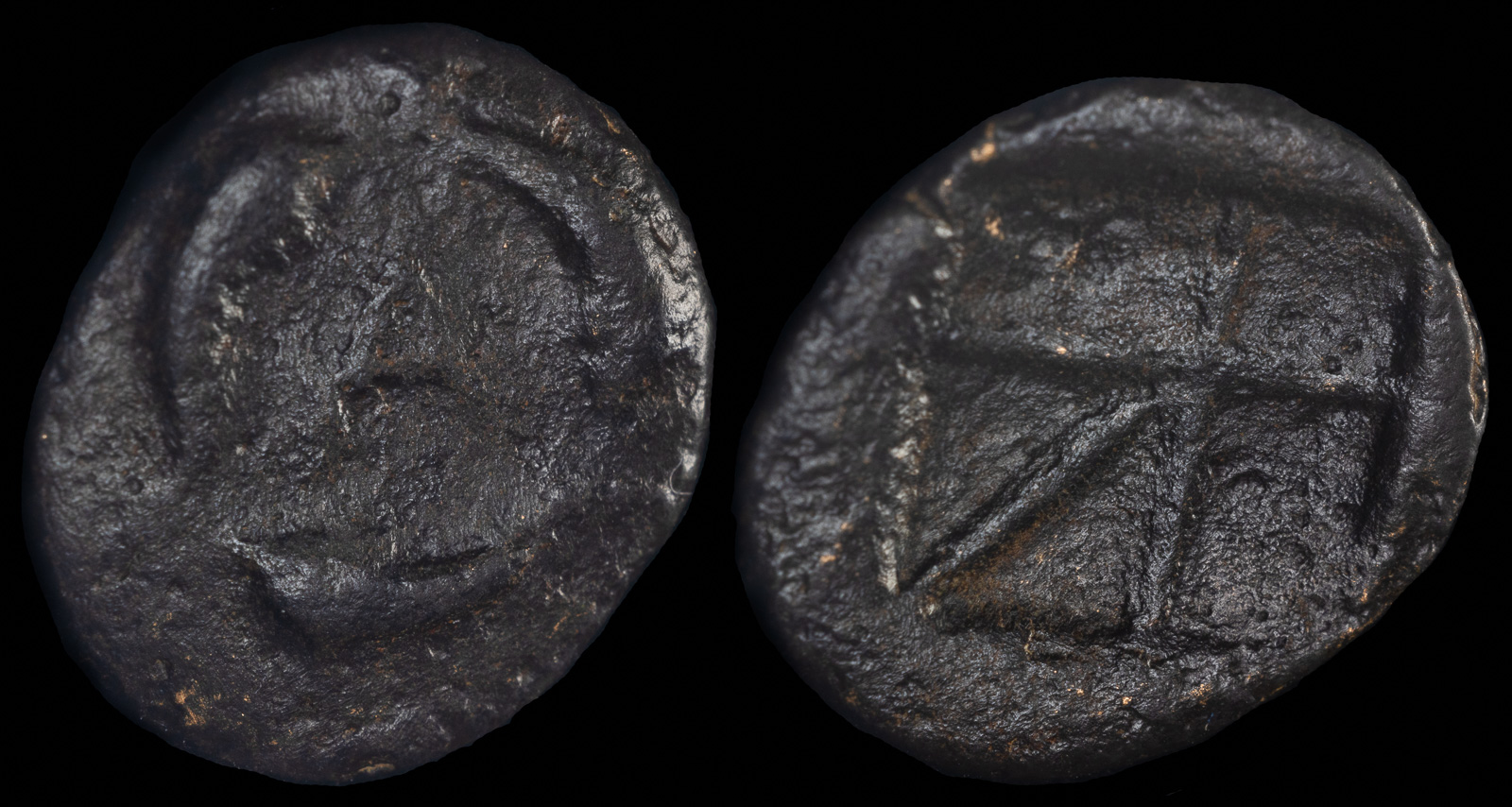Incuse Square
View All Tags
The incuse square is a distinctive feature found on certain ancient Greek coinage, particularly in the early periods of coin minting. The incuse square refers to a recessed area or depressed square that is usually located on the reverse side of the coin. It is characterized by a design or pattern that is sunken or engraved into the surface of the coin, making the imagery or inscriptions appear as though they are set into the metal rather than raised above it. This feature was particularly prominent on coins minted in the 5th and 6th centuries BCE.
The reason for the incuse square’s appearance is tied to the striking method used in ancient coin production. In the earliest stages of coin minting, the dies used to strike the coins were simple, and the coins were typically hammered between two dies. The incuse square was often used as a design element to help ensure the coin’s authenticity and reduce the risk of counterfeiting. By creating a recessed image on one side, the minting process left a unique, identifiable feature that could be difficult to replicate, offering a form of security for the coin’s owner.
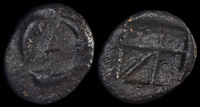
Aegina, Attica 350-338 BCE
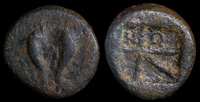
Aegina, Islands off Attica 360-350 BCE

Aegina, Islands off Attica 370-350 BCE
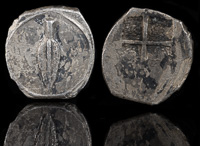
Alexander I 420 BCE
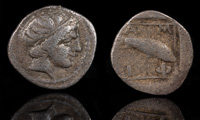
Amphipolis 357-353 BCE
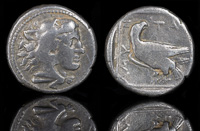
Amyntas III 393-369 BCE
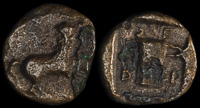
Bizye, Thrace 405-387 BCE
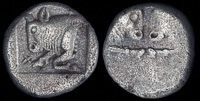
Chersonesos, Caria 480-450 BCE
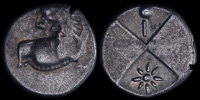
Chersonesos, Thrace 386-338 BCE
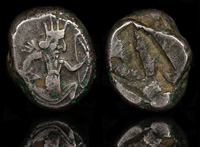
Darius III 375-340 BCE
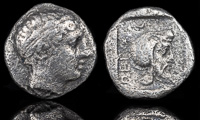
Gongylos 450-400 BCE
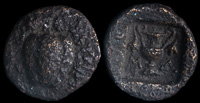
Melos, Cyclades 3rd-1st century BCE

Myrmekion, Cimmerian Bosporos 470-460 BCE
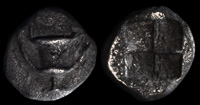
Naxos, Cyclades 520-470 BCE
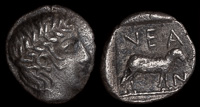
Neandria, Troas 350 BCE

Olous, Crete 300-270 BCE

Sanballat 375-333 BCE

Saratokos 407-369 BCE
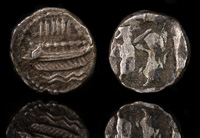
Straton of Sidon 337/36 BCE
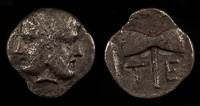
Tenedos, Troas 450-387 BCE
